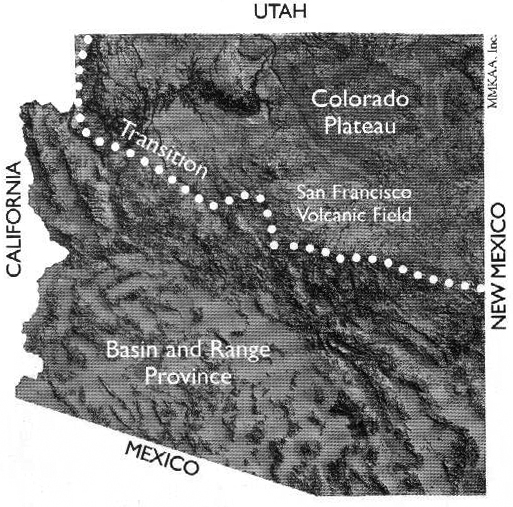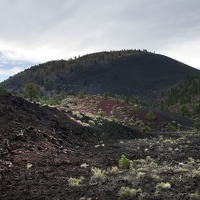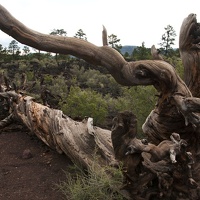 Most volcanoes are found along tectonic plate boundaries where continents and seafloors collide or move apart. We are far from a plate boundary; consequently, geologists debate why volcanoes occur here. One theory proposes that the North American plate is moving over a stationary “hot spot.” But this theory does not explain why there are young volcanic fields all along the southern margin of the Colorado Plateau and then east to New Mexico and Oklahoma.
Most volcanoes are found along tectonic plate boundaries where continents and seafloors collide or move apart. We are far from a plate boundary; consequently, geologists debate why volcanoes occur here. One theory proposes that the North American plate is moving over a stationary “hot spot.” But this theory does not explain why there are young volcanic fields all along the southern margin of the Colorado Plateau and then east to New Mexico and Oklahoma.
Another more accepted theory focuses on a disruption in the flow of Earth’s mantle at the boundary between the Colorado Plateau, where the Earth’s crust is very thick, and the Basin and Range region (to the south and west), where the crust is very thin. At this transition, heat from the mantle rises and melting occurs. Ancient faults, activated by stretching of the North American plate (which has created the Basin and range and is extending into the Colorado Plateau), serve as pathways for magma to move to the surface.

- Author
- Jamie Frees, Northern Arizona University Anthropology Laboratories
- File
- DSC_0813.jpg
- File size
- 1654 KB

